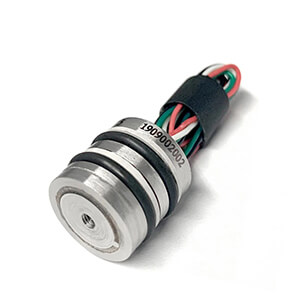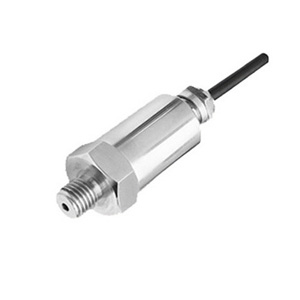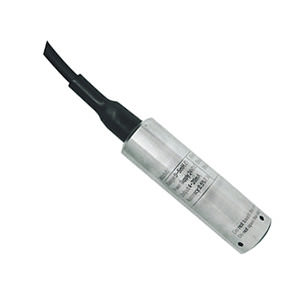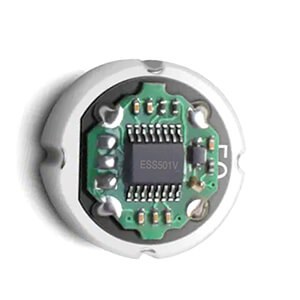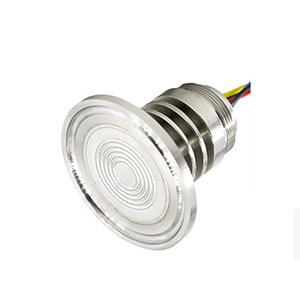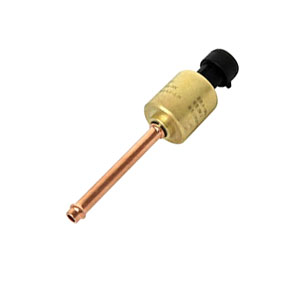Introduction
Industry 4.0 has been a hot topic ever since the concept was introduced, and the most discussed about it is the “intelligent network”, which enables interconnectivity between human and human, human and machine, machine and machine as well as service and service. It is what we called the intelligent network.
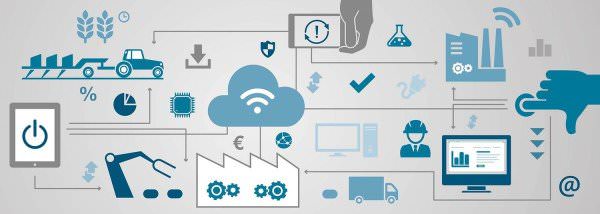
The intelligent network marks a new era in manufacturing, and prompts a basic shift from centralized control to distributed control, or in other words, a shift towards self-organizing manufacturing operation. Under Industry 4.0, people are attempting to build a highly-flexible production pattern featuring personalization and digitization, a pattern in which the traditional boundaries among various industries tend to disappear, and instead, new fields as well as new forms of cooperation emerge.
Against the backdrop of Industry 4.0, as many researchers have observed, larger quantities of data play a key role in producing and supplying goods in a more efficient and flexible way, and the most efficient way to achieve data relies on the effective use of cloud computing technologies.
Therefore, it is sure that the manufacturing industry tends to depend on smart sensor technologies in ensuring the efficiency and accuracy of the source data, and ultimately depend on the reliability of the data input for the process chain, that is the sensors that record real-time situations and convert these into useful data.
Though sensors are indispensable in Industry 4.0, there still exist challenges for sensors to be widely used in the production environment. Nowadays, two trends are popular in researching and developing sensors:
- First is developing integrated sensors, which tends to supply a higher level of information by directly evaluating the sensed data;
- Second is the developing multi-sensor systems, which allows several quantities of data to be acquired in the system.
Roles of Smart sensors in Industry 4.0
Smart sensors play a crucial role in enabling Industry 4.0, the Fourth Industrial Revolution that aims to integrate advanced technologies, automation, and data exchange into manufacturing processes.
Real-time Data Acquisition and Monitoring
It have the ability to collect and transmit real-time data, enabling continuous monitoring of industrial processes. For instance, a smart pressure sensor in a boiler system could measure and transmit pressure data every few milliseconds, allowing for real-time adjustments and maintaining optimal operating conditions.
Connectivity and Internet of Things (IoT)
They are designed with built-in connectivity, enabling them to communicate with other devices and systems through wired or wireless networks. This connectivity is essential for the Industrial Internet of Things (IIoT), where smart sensors can share data with cloud platforms, control systems, and other devices, enabling remote monitoring, data analytics, and optimized decision-making.
Edge Computing and Data Processing
Many smart sensors incorporate edge computing capabilities, allowing them to process and analyze data locally before transmitting it to central systems. For example, a smart pressure sensor in a hydraulic system could have embedded algorithms to detect anomalies, filter noise, and perform local computations, reducing the amount of data transmitted and enabling faster response times.
Self-diagnostics and Predictive Maintenance
Smart sensors often include self-diagnostic features, allowing them to detect and report their own operational status, potential failures, or calibration needs. This capability, combined with advanced data analytics, enables predictive maintenance strategies, where maintenance can be scheduled based on sensor data and predicted component lifetimes, minimizing unplanned downtime and reducing maintenance costs.
Adaptability and Reconfigurability
Smart sensors can be designed with configurable parameters, allowing them to adapt to changing industrial environments or process requirements. For instance, a smart pressure sensor could have adjustable sampling rates, measurement ranges, or communication protocols, making it versatile for different applications or production lines.
Integration with Automation Systems
Smart sensors are seamlessly integrated with modern automation systems, such as Programmable Logic Controllers (PLCs), Distributed Control Systems (DCS), and Supervisory Control and Data Acquisition (SCADA) systems. This integration enables real-time process control, automation, and optimization based on the data provided by smart sensors.
Sensor Fusion and Multi-Sensor Systems
Smart sensors in Industry 4.0 often involve sensor fusion, where data from multiple sensors (pressure, temperature, humidity, vibration, etc.) are combined and processed together to provide more comprehensive and accurate insights. This fusion of data from various sources enables better decision-making and process optimization.
Artificial Intelligence (AI) and Machine Learning (ML)
Many smart sensors incorporate AI and ML capabilities, allowing them to learn from the data they collect and adapt their behavior or algorithms accordingly. For example, a smart pressure sensor in a compressor system could use ML to continuously optimize its measurement accuracy by learning from historical data and adjusting its calibration parameters.
Cyber-Physical Systems (CPS)
Smart sensors are an integral part of Cyber-Physical Systems (CPS), which involve the integration of physical processes with computational and communication capabilities. In a CPS, smart sensors provide real-time data about the physical world, which is then processed and analyzed by cyber systems (computer systems, cloud platforms, etc.) to make informed decisions and control physical processes.
Digital Twins
The concept of digital twins, virtual representations of physical assets or systems, relies heavily on data from smart sensors. Smart sensors provide continuous data streams that feed into digital twin models, enabling real-time monitoring, simulation, and optimization of physical processes or products.
Traceability and Quality Control
Smart sensors play a vital role in ensuring product quality and traceability in Industry 4.0. For instance, smart pressure sensors in injection molding processes can monitor and record pressure data for each product, enabling traceability and identification of potential quality issues.
Energy Efficiency and Sustainability
By continuously monitoring and optimizing processes with smart sensors, manufacturers can achieve significant energy savings and reduce their environmental impact. Smart sensors can help identify inefficiencies, optimize energy consumption, and minimize waste, contributing to sustainable manufacturing practices.
Human-Machine Interaction
Smart sensors are enabling new forms of human-machine interaction in industrial environments. For example, augmented reality (AR) systems can integrate data from smart sensors to provide real-time visualizations and overlays of process parameters, helping workers make informed decisions and improving overall productivity.
Wrap up
As Industry 4.0 continues to evolve, smart sensors will become even more sophisticated, incorporating advancements in areas such as 5G connectivity, blockchain technology, and quantum computing. This will further enhance their capabilities and enable new applications in industrial automation, quality control, and supply chain management.

